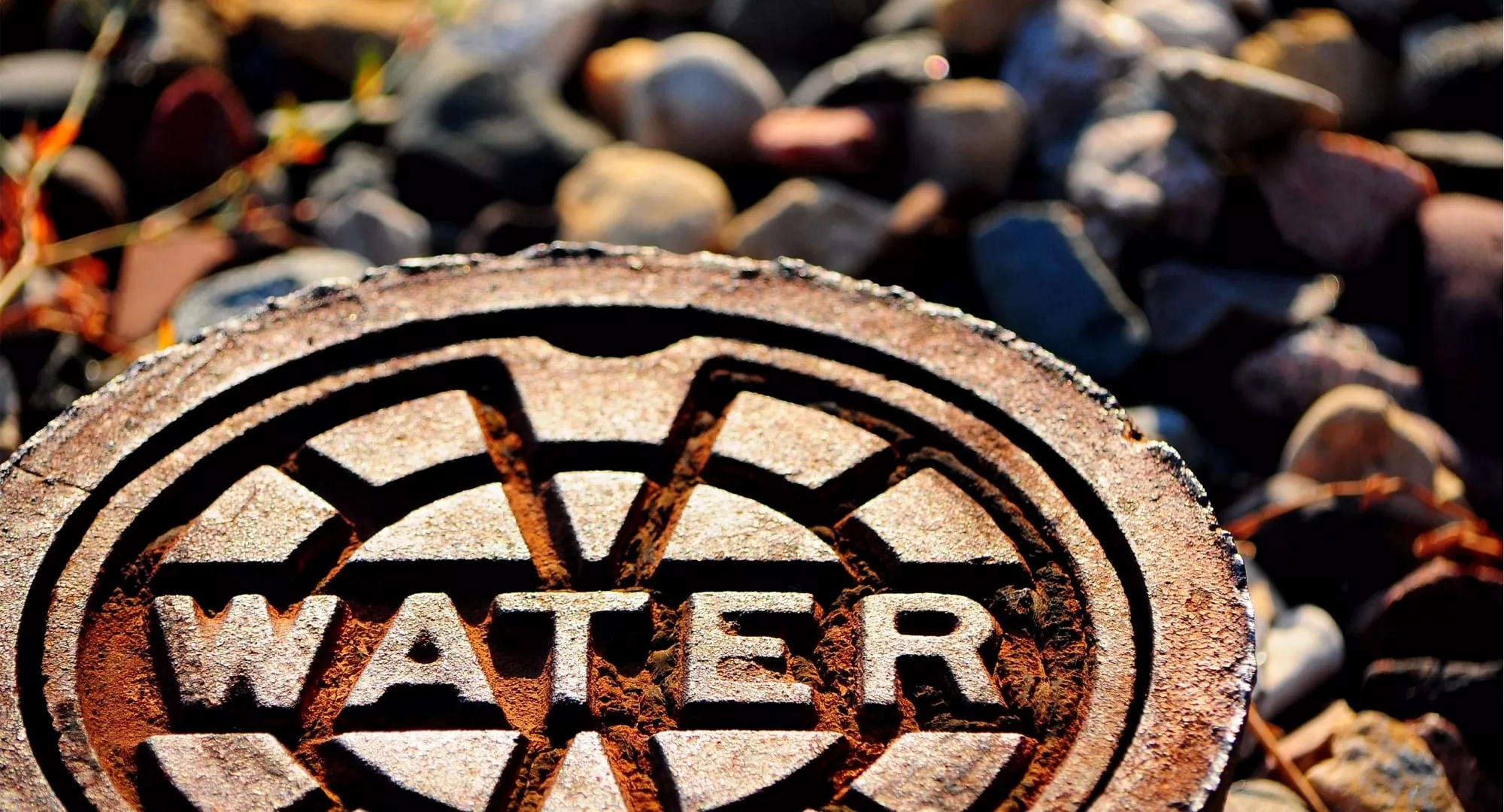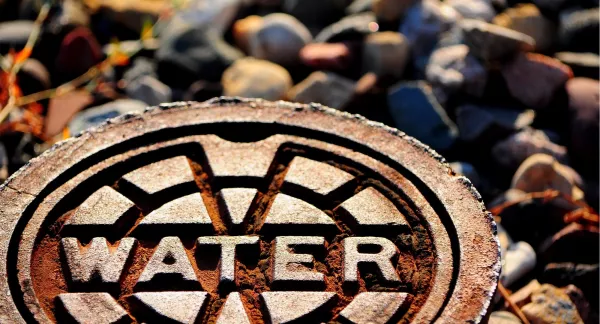
Conventional and Unconventional Approaches to Water Service Provision
Abstract
Compares conventional water treatment and distribution to unconventional approaches for providing quality water to customers, including point-of-use (POU) and point-of-entry (POE) devices, small neighborhood systems, and bottled water. Includes capital costs, operational and maintenance costs, ability to meet health standards, and aesthetic quality goals. Also considers risks associated with the options, long-term reliability of the options, and practical engineering considerations. Assumes plausible stringent future regulatory scenarios and consumer demands for high quality and aesthetically pleasing drinking water. See also project #2924. Published in 2004.


